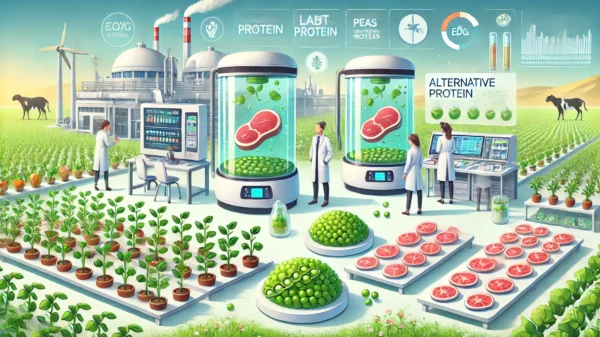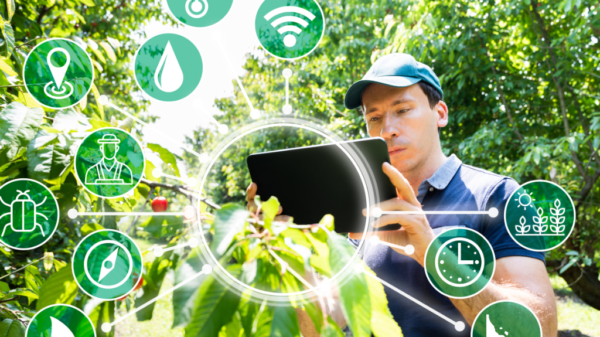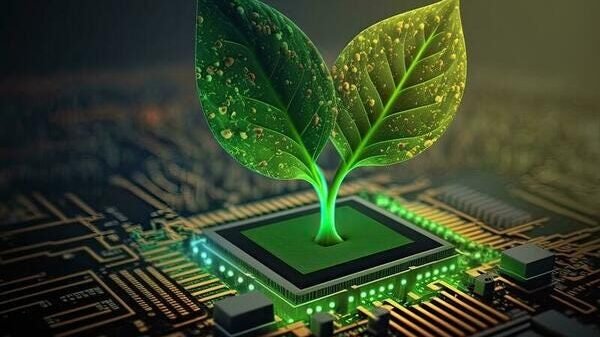Introduction
Plastic pollution has become a global crisis, with our oceans bearing the brunt of its devastating impact. However, there is hope on the horizon as scientists and innovators around the world are developing new materials to replace plastic and save our oceans. In this article, we will explore some of these exciting alternatives and their potential to revolutionize the way we consume and dispose of products.
Bioplastics
Bioplastics are a promising alternative to traditional plastics as they are made from renewable sources such as cornstarch, sugarcane, and algae. Unlike conventional plastics, bioplastics are biodegradable and do not contribute to the ever-growing plastic waste problem. Companies like NatureWorks and Braskem are leading the way in producing bioplastics that are not only eco-friendly but also have the same functionality as their plastic counterparts.
One of the key advantages of bioplastics is their ability to break down in natural environments, reducing the risk of marine life ingesting or getting entangled in plastic waste. However, it is important to note that not all bioplastics are created equal. Some may still require industrial composting facilities to fully degrade, while others can break down in home composting systems.
Mushroom Packaging
Another innovative solution to plastic pollution is mushroom packaging. This biodegradable packaging material is made from mycelium, the root structure of mushrooms. Companies like Ecovative are using mycelium to create packaging materials that are not only sustainable but also provide excellent insulation and protection for products.
Mushroom packaging has gained popularity in recent years due to its ability to replace polystyrene foam, which is non-biodegradable and harmful to the environment. It is also worth mentioning that mycelium can be grown using agricultural waste, making it a truly sustainable alternative to plastic packaging.
Seaweed-Based Packaging
Seaweed-based packaging is another exciting development in the quest for plastic alternatives. Seaweed, a renewable resource abundant in our oceans, can be used to create biodegradable packaging materials that are strong, flexible, and even edible.
Companies like Notpla and Loliware are using seaweed to produce packaging for food and beverages, eliminating the need for single-use plastic containers and reducing waste. Seaweed-based packaging has the added benefit of being compostable, meaning it can be returned to the earth without causing harm to the environment.
Conclusion
The development of new materials to replace plastic is a crucial step in addressing the plastic pollution crisis. Bioplastics, mushroom packaging, and seaweed-based packaging are just a few examples of the innovative solutions that scientists and entrepreneurs are bringing to the table.
By embracing these alternatives and supporting companies that prioritize sustainability, we can make a significant impact in reducing plastic waste and protecting our oceans. It is up to all of us to choose eco-friendly options and drive the demand for plastic alternatives, ultimately creating a cleaner and healthier planet for future generations.
































